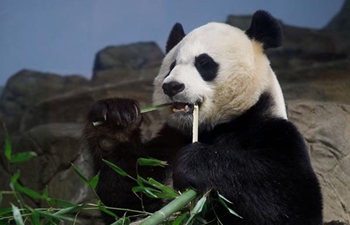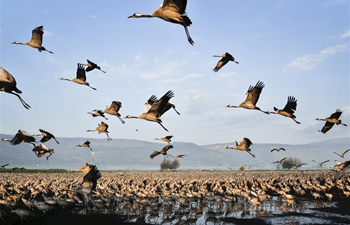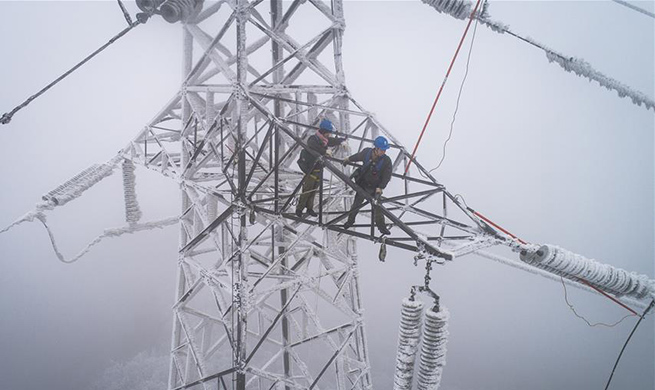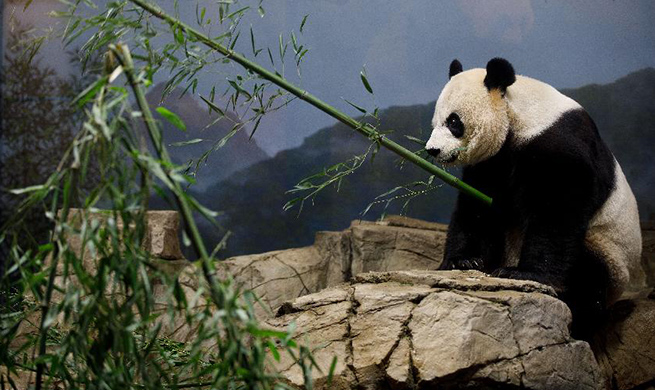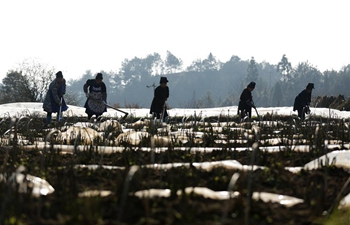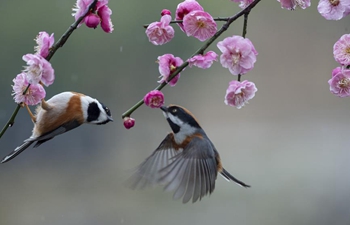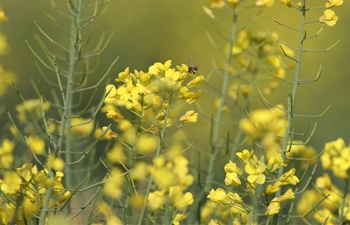SYDNEY, Feb. 24 (Xinhua) -- Record numbers of migratory and threatened waterbirds have been spotted along the mid coast of Australia's New South Wales state, with the birds possibly finding new flight paths amid the major loss of feeding grounds, according to latest surveys.
Nearly 4,000 waterbirds were recorded in just one day in the state's Port Stephens area, with "significant numbers" of the critically endangered eastern curlew migratory shorebird found, local media reported on Sunday.
The "highest numbers since 2010 were a welcome relief after years of declining sightings but that it was too early to be able to say why more birds were seen," conservation group Hunter Bird Observers Club's field studies manager Alan Stuart was quoted by the ABC news channel as saying.
"In the past three years, the counts have dropped below 300, but in the most recent count they're back up again," Stuart said.
"This count was just over 360, quite a step up over the past five or six years," Stuart said.
A major threat to the eastern curlew has been the loss of feeding grounds on its migratory path between Australia and Siberia, so it was possible the birds found new flight routes, he said.
"Healthy numbers" of the Australian pied oystercatcher, another shorebird with an "internationally significant population" in the harbor area, were also reported.
The bird was listed as endangered in the state and the disturbance of its coastal habitat was contributing to a general decline in numbers so it was a "huge surprise" to find about 100 of them, Stuart said.
"They breed on beaches or sand dunes and that gets a lot of disturbance from four-wheel drive traffic and people with dogs, as well as weather events," he said.
"So it's always good news when they do manage to raise some chicks," Stuart said.
The "positive data" collected this year would hopefully boost the case to find out more about the birds of the area, Stuart said.
"We don't know where they feed, what sort of areas are the most important for them. And that's actually where the next steps take us," he said.

